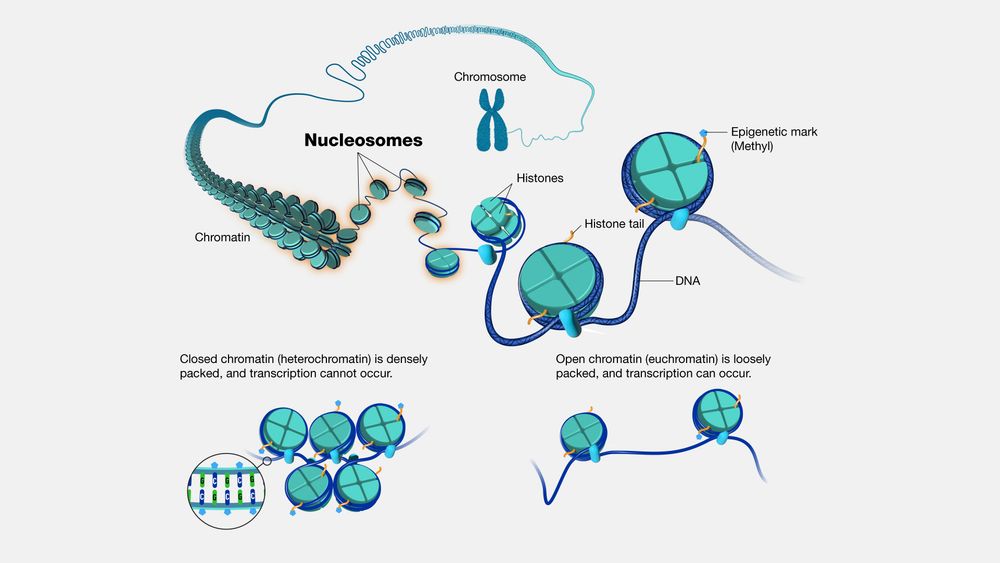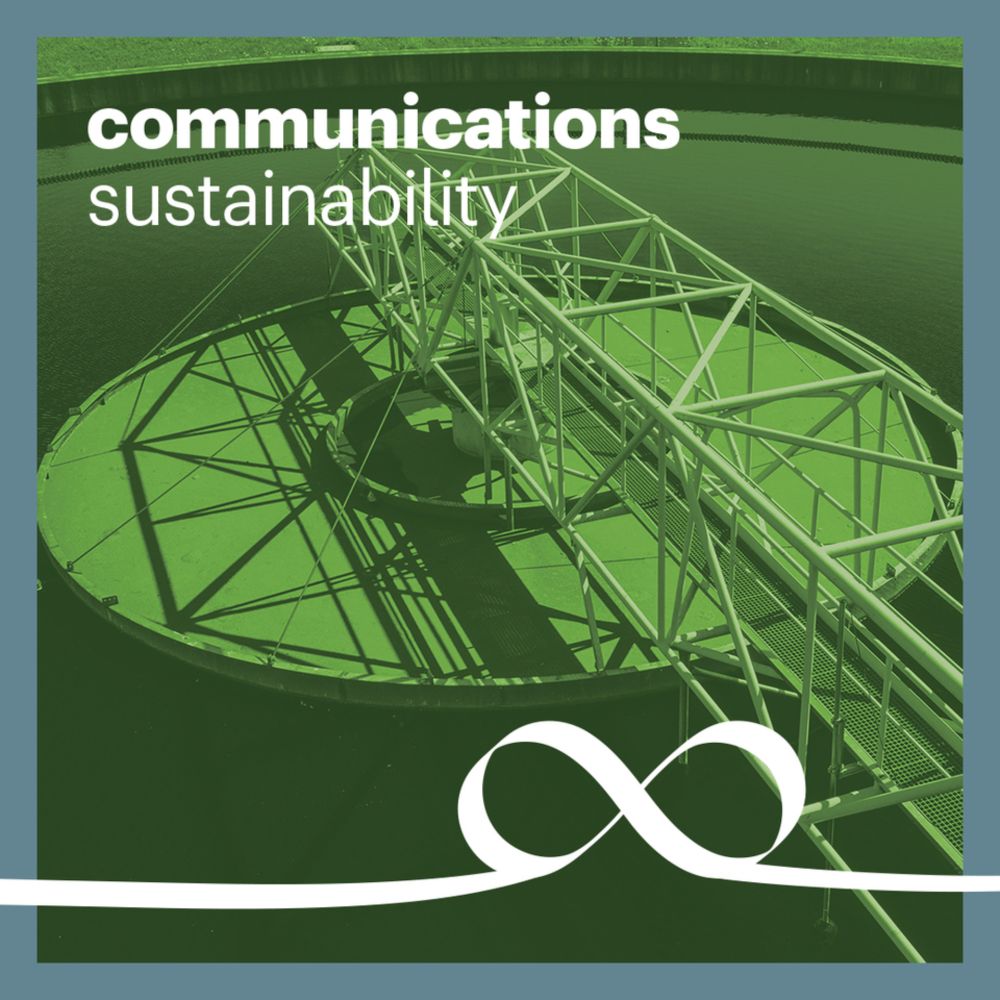
www.uu.nl/en/news/33-m...


DAF-seq, the evolution of Fiber-seq from the Andrew Stergachis group, using the @pacbio.bsky.social platform:
www.biorxiv.org/content/10.1...
This will revolutionise our understanding of transcriptional regulation and functional non-coding variants.

DAF-seq, the evolution of Fiber-seq from the Andrew Stergachis group, using the @pacbio.bsky.social platform:
www.biorxiv.org/content/10.1...
This will revolutionise our understanding of transcriptional regulation and functional non-coding variants.

I love that kid so much.
I love that kid so much.
During DNA replication, repair of lesions on DNA can be dangerous. Cells instead "tolerate" DNA damage and focus on finishing replication.
Read our review and find out why and how: doi.org/10.1016/j.ti...

During DNA replication, repair of lesions on DNA can be dangerous. Cells instead "tolerate" DNA damage and focus on finishing replication.
Read our review and find out why and how: doi.org/10.1016/j.ti...
Orsolya Vincze @OVincze, Thomas Pradeu &Co discuss how cancer research can be advanced using comparative oncology and call for the increased use of non-conventional model organisms to advance cancer prevention and treatment.
📖 ⬇️
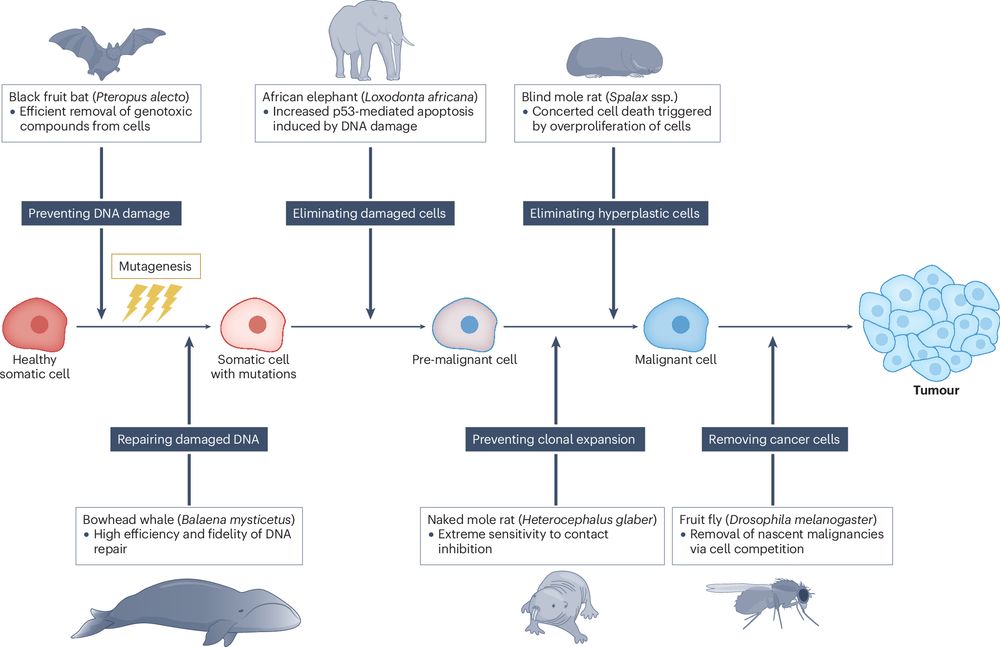
Orsolya Vincze @OVincze, Thomas Pradeu &Co discuss how cancer research can be advanced using comparative oncology and call for the increased use of non-conventional model organisms to advance cancer prevention and treatment.
📖 ⬇️
She covers work showing that Lamin A/C maintains replication fork integrity during mild replication stress by modulating chromatin structure & restraining RECQ1 activity. #preprint
#preLight ⬇️
prelights.biologists.com/highlights/n...
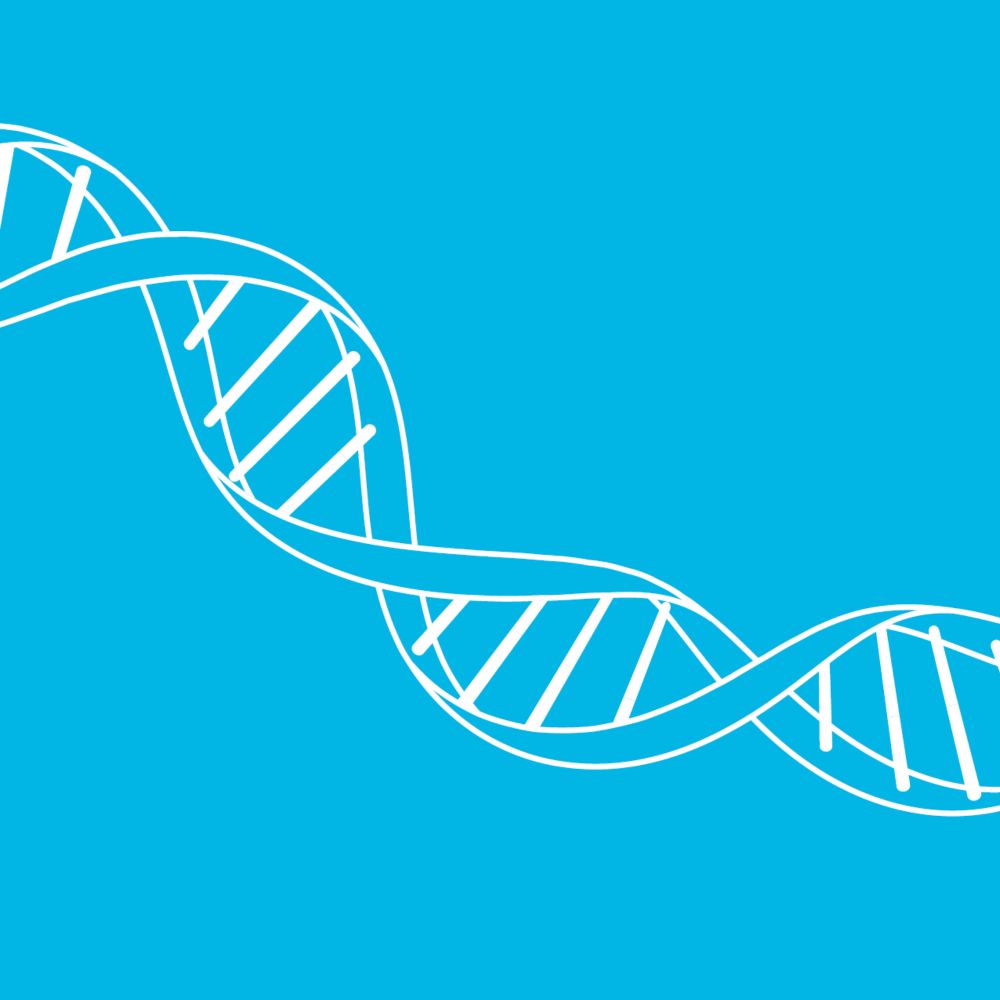
She covers work showing that Lamin A/C maintains replication fork integrity during mild replication stress by modulating chromatin structure & restraining RECQ1 activity. #preprint
#preLight ⬇️
prelights.biologists.com/highlights/n...
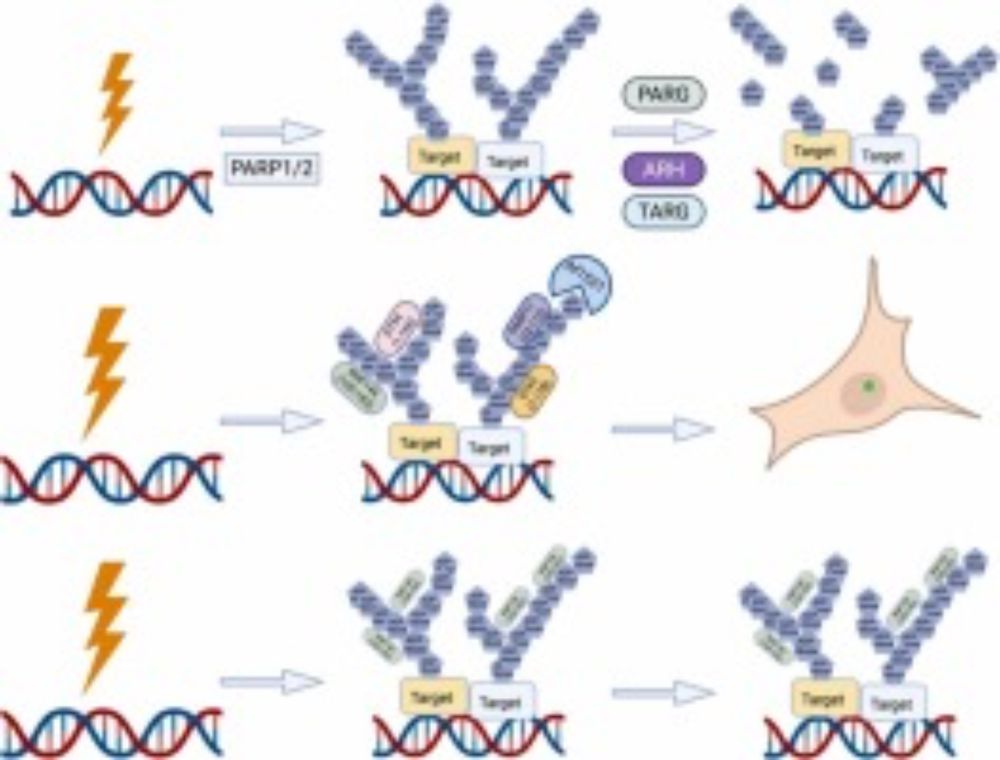
Learn more here:
➡️ tinyurl.com/gd352316
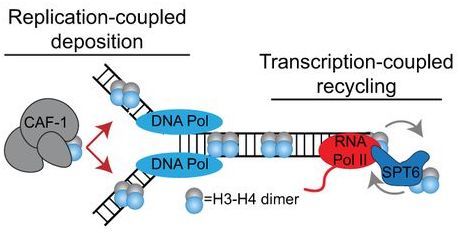
Learn more here:
➡️ tinyurl.com/gd352316
karriere.klinikum.uni-heidelberg.de/index.php?ac...
karriere.klinikum.uni-heidelberg.de/index.php?ac...
Recorded at the #biologists100 conference, @jontytownson.bsky.social talks to Jenny Richens about the preprint she presented (now published @plosbiology.org), the path to preprinting + the benefits of sharing science early.
Listen below ⬇️🎧
youtu.be/eLwGRnBrIaU
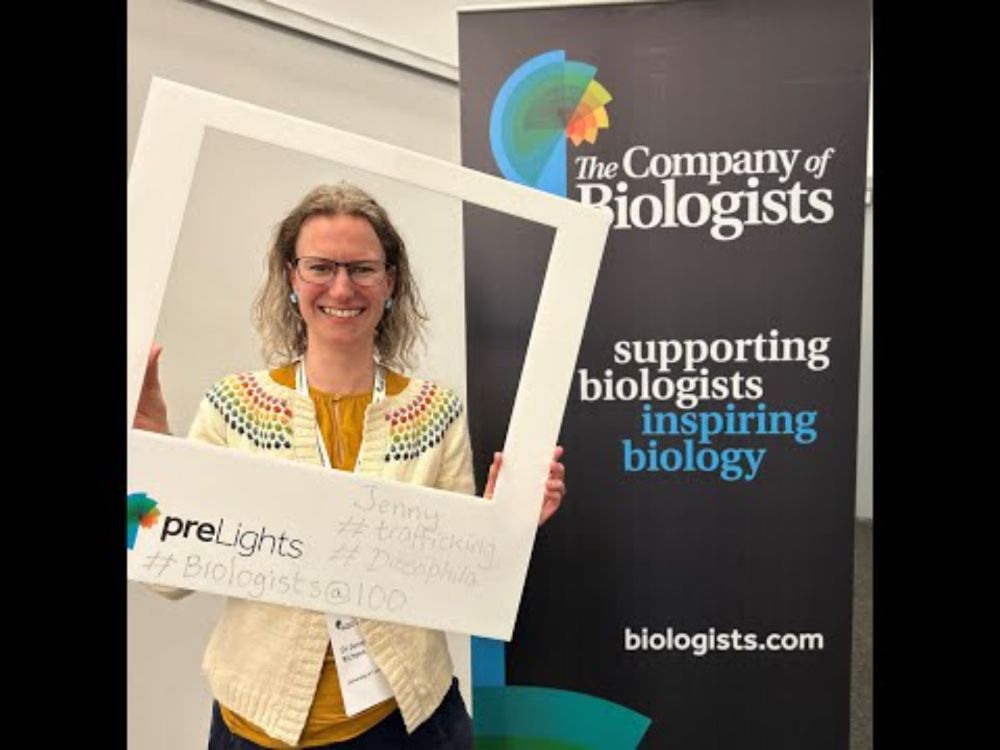
Recorded at the #biologists100 conference, @jontytownson.bsky.social talks to Jenny Richens about the preprint she presented (now published @plosbiology.org), the path to preprinting + the benefits of sharing science early.
Listen below ⬇️🎧
youtu.be/eLwGRnBrIaU
www.biorxiv.org/content/10.1...

www.biorxiv.org/content/10.1...
https://go.nature.com/42iGjda
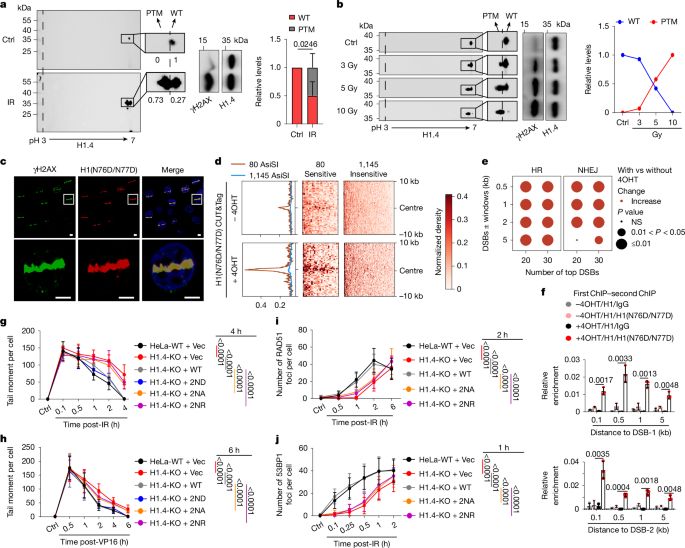
https://go.nature.com/42iGjda
www.biorxiv.org/content/10.1...

www.biorxiv.org/content/10.1...
Egmond DNA Repair Meeting → April 19–24, 2026 🇳🇱
✔️ Confirmed top speakers
✔️ Ample opportunities for talks & posters
Don’t miss it: dnarepairmeeting-egmond2026.com
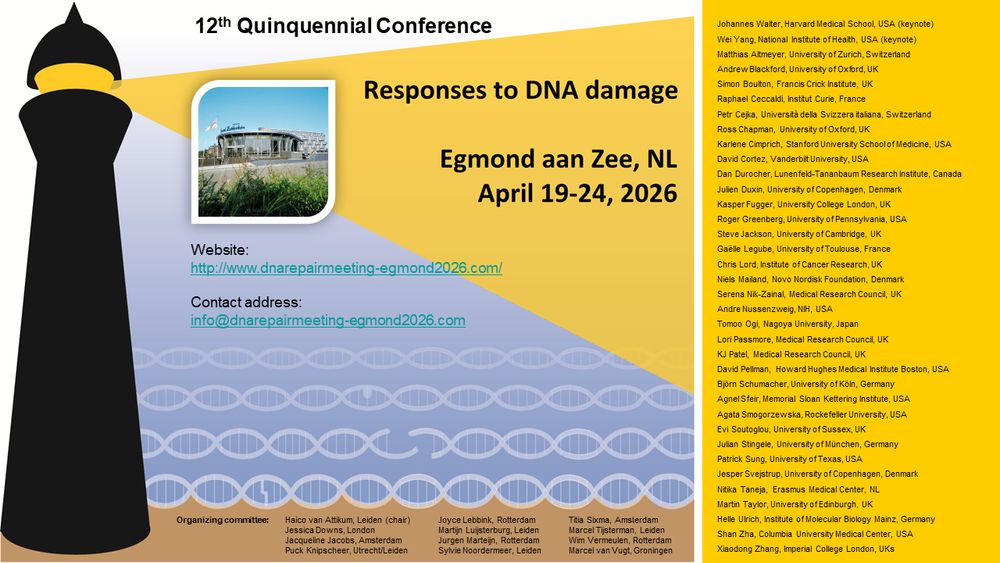
www.biorxiv.org/content/10.1...

www.biorxiv.org/content/10.1...
Huge thanks to all co-authors but especially @marcelvanvugt.bsky.social for giving me the opportunity to work on this exciting project!
www.biorxiv.org/content/10.1...

Huge thanks to all co-authors but especially @marcelvanvugt.bsky.social for giving me the opportunity to work on this exciting project!
www.biorxiv.org/content/10.1...
www.nature.com/articles/s41...
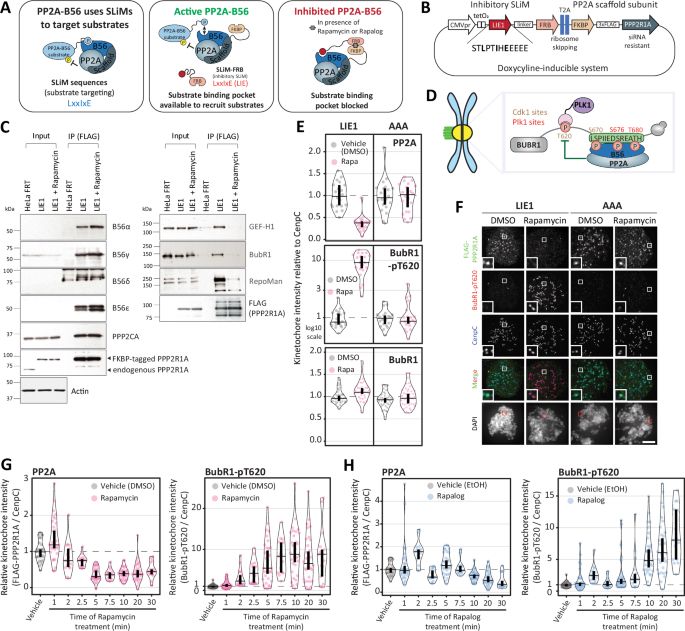
www.nature.com/articles/s41...
Many expect me to work for free, only offer economy flight tickets, and have me fill out forms for hours.
It is almost as if they do not value science integrity.
I am very thankful to my Patreon supporters!
Many expect me to work for free, only offer economy flight tickets, and have me fill out forms for hours.
It is almost as if they do not value science integrity.
I am very thankful to my Patreon supporters!
